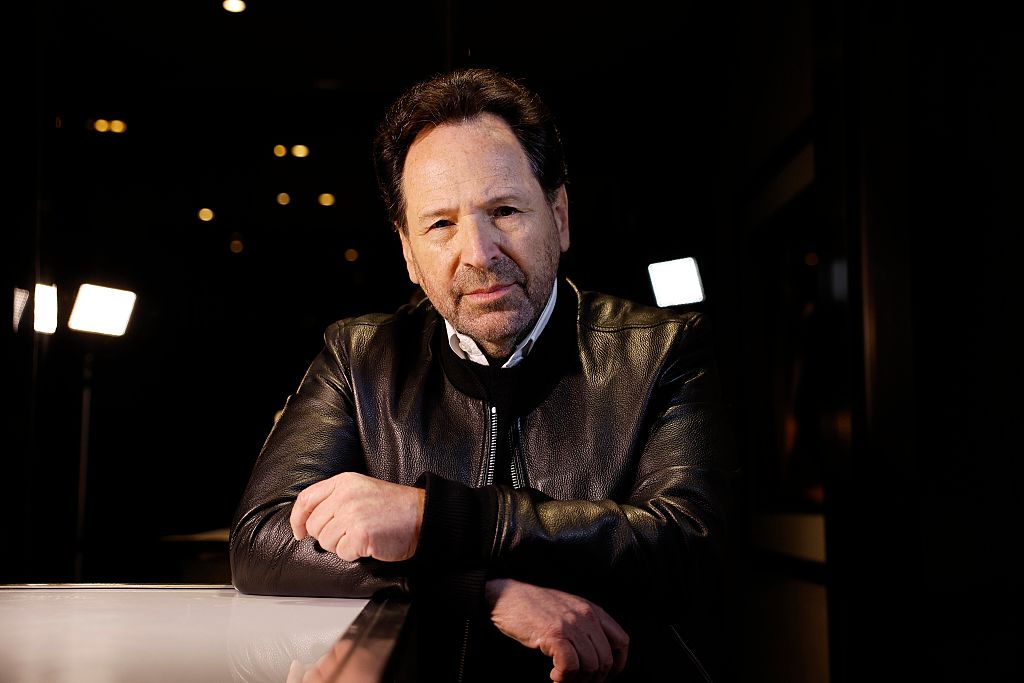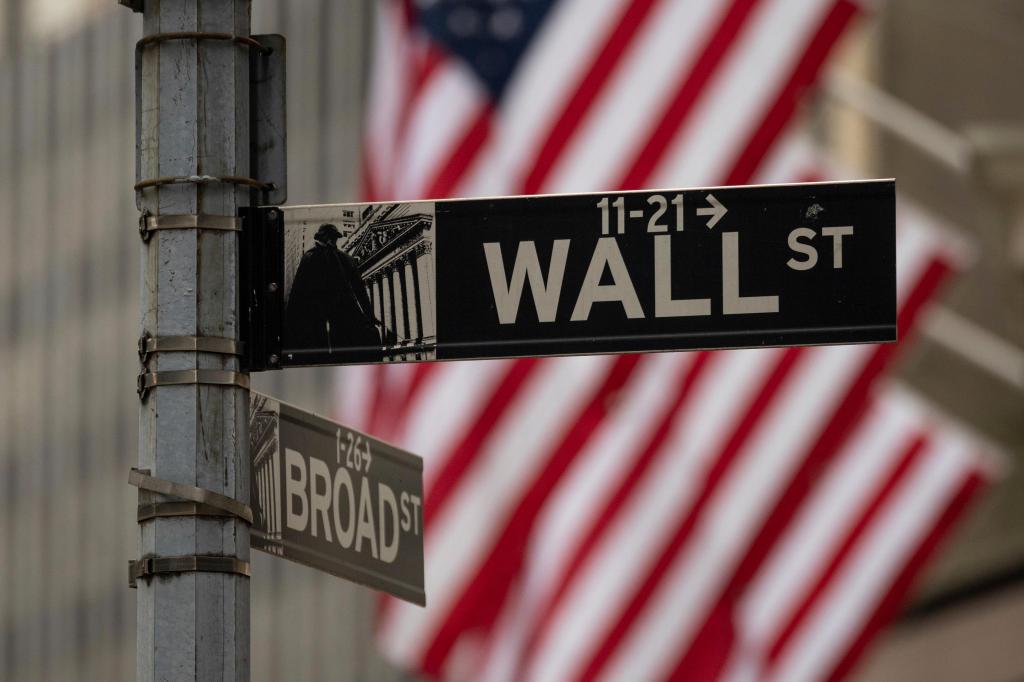
“This is a world where the majority of people are not invited,” Barry Avrich told Observer. Avrich is speaking about the community of high-end art collectors, which is the focus of his new book The Devil Wears Rothko and of his 2020 documentary Make You Look: A True Story About Fake Art.
Both book and documentary are accounts of the $80 million fake art scandal that rocked the gallery world in the early 2010s. Both draw their fascination from the opportunity to expose and infiltrate an elite scene of snobbery, wealth and power. But as with the true crime genre in general—and as with fictional dramas-of-the-wealthy like Succession—it’s not always clear if Avrich and his audience are critiquing the milieu for its snobbery, lies and callousness or whether we’re all supposed to enjoy the chance to live in that world briefly ourselves. When you reach the end of the tale, you wonder who, in this scandal, is fooling whom, and on whose behalf?
Avrich’s story (on the page and on screen) begins in 1994, when a woman named Glafira Rosales walked into the venerable New York Knoedler gallery with a remarkable, previously unknown canvas by abstract expressionist Mark Rothko. Knoedler’s ambitious director, Ann Freedman, was stunned and excited. Over the next two decades, Rosales brought Freedman a treasure trove of works by Ab-Ex luminaries like Jackson Pollock and Robert Motherwell, all from the vaults of the same mysterious collector. The works collectively sold for around $80 million and became the backbone of Freedman’s reputation and the gallery’s profitability.
We know now, of course, that it was all a sham. There was no mysterious collector—only Rosales and her disreputable Spanish boyfriend Jose Carlos Bergantinos-Diaz. All the works were fakes.
How could Freedman, a longtime art dealer, not have suspected that Rosales and her endless parade of oddly low-priced unknown works were too good to be true? That is one of the central questions of Avrich’s film and book. On the one hand, Freedman did show the works to various experts—including former National Gallery of Art curator E.A. Carmean Jr. and Rothko’s son Christopher—who believed the paintings were authentic. But there were also numerous red flags. Most flagrantly, a scientific analysis of a Pollock painting showed that some of the paint had only begun to be manufactured after the artist’s death.
When confronted with counter-evidence, though, Freedman would stubbornly insist that she still believed in the paintings and cast aspersions on the motives of the doubters. Even after Rosales confessed to the FBI, and even after Freedman was forced to admit the paintings were fake, she still maintained that the naysayers were somehow in the wrong, or lacked expertise, or had objected in the wrong terms or in the wrong way. She had invested too much in the paintings and gotten too much from the paintings—both in terms of money and reputation—for her to admit that she had been duped or that she had been negligent.
Freedman comes off as self-deluded and self-righteous in the film. If anything, she is even less sympathetic in the book, where Avrich provides more details about their meetings and about her endless protestations of innocence. Of course, none of the other people in the story are especially sympathetic. Domenico and Eleanore De Sole, the couple who bought the Rothko for $8.3 million. They understandably blame Freedman. But as part of their own self-justification, they insist that they are naïve innocents wronged rather than fabulously wealthy art collectors who brought in experts to consult before they bought the piece. Like Freedman, they are just trying to find someone else to blame.


The cast of unlikable characters includes, at times, Avrich himself. In the introduction to the book, he calls the story about a bunch of wealthy jerks “deliciously addictive.” He also includes an oddly defensive disclaimer in which he says that the book is “not written for art experts, art world journalists or historians” and tells readers to “spare me the clichéd critiques about omissions and what you already knew before reading the book.” He’s not writing for those who care about art, he insists, but for “anyone who loves a good crime caper.”
Good crime capers can be fun. But it’s hard not to notice the parallels between Avrich and Freedman in their approach to art. For both, the work is secondary to, or takes its value from, the story that goes along with it. For Freedman and Avrich, the value of the Rothko is not in the art itself but in the story about who did (or didn’t) paint it and in the price that wealthy collectors will pay for it.
In that context, it’s hard not to feel at least a touch of sympathy for the man who created all those fakes: Pei-Shen Qian. Qian was a mathematician and a remarkably versatile painter who moved to Queens from China, hoping to further his art career. No one was interested in his work, though—until he made contact with Rosales and began making meticulous fakes in the style of other artists.
Qian signed his works with the names of the artists he was imitating; he also saw his work hanging in high-profile galleries for exorbitant prices. He knew what he was doing and even demanded higher pay once he realized how successful the fraud was. He’s not an innocent accomplice or a victim. He is, however, unlike virtually everyone else involved in the story, an artist. As such, he was directly affected by an art economy in which millions and millions of dollars are spent on the works of a handful of long-dead painters while current practitioners labor in obscurity and poverty.
The dynamic is even more brutal now with Trump’s cuts to the NEA and arts funding. But even before our current miserable moment, there was little political interest or effort, either at the federal or local level, to provide a path to a decent living for most artists. The art market is organized for the super wealthy, not for working painters or creators. Pei-Shen Qian saw he was getting screwed over and decided to get his own back. That is in no way admirable. But you can understand his motivation.
“This will happen again and again and again, and will never be stopped,” Avrich said. In his book, he cites experts who suggest that half, or possibly more than half, of art offered on the art market is fake. Even if that’s an exaggeration, fake art is certainly ubiquitous, in part, Avrich explained, because everyone benefits. There is enormous demand for the work of a small number of artists, and that creates a huge incentive for buyers, for galleries, for museums to give people what they want.
Those same incentives, arguably, led Avrich to this story. In the art world, everyone wants a Rothko, fake or not. And as for some not-Rothko somewhere making some new work that’s nothing like the old work? Neither their art nor their story is likely to find a buyer.
<




